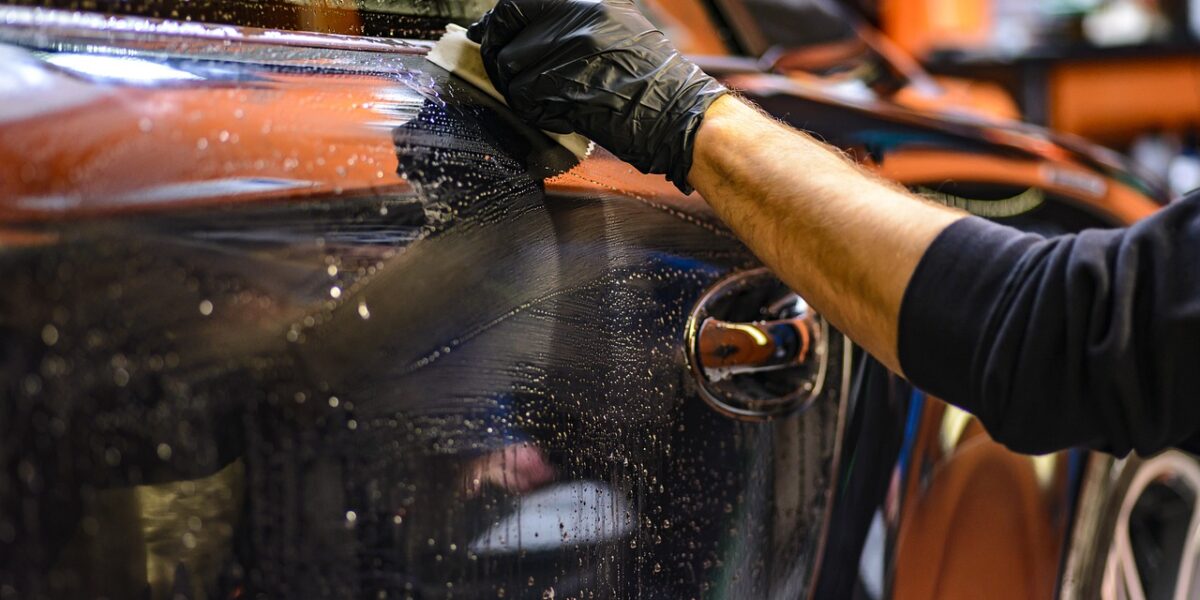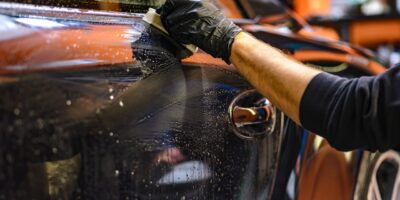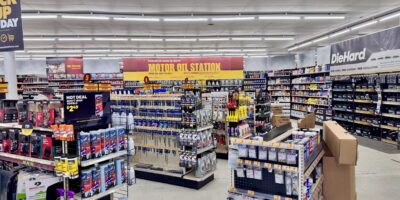Best Car Wax
Best Car Wax
Car wax is essential for maintaining your car’s paint job and keeping it looking pristine. Understanding the various types of car wax and selecting the best one can make a significant difference.
Types of Car Wax
- Paste Wax: This traditional form of wax is easy to apply and provides a durable finish. It usually lasts longer than other types.
- Liquid Wax: Easier to apply but might not last as long as paste wax. Ideal for quick applications.
- Spray Wax: Convenient and fast but generally offers the least durable protection. Great for touch-ups.
- Hybrid Wax: Combines the benefits of natural and synthetic waxes. Provides a good balance between ease of application and durability.
Natural vs. Synthetic Wax
Natural wax typically contains carnauba, known for providing a deep, rich shine. It’s favored by enthusiasts but tends to wear off faster. Synthetic or polymer waxes, on the other hand, offer greater longevity and protection against environmental elements. They can be slightly easier to apply and remove compared to natural waxes.
Application Techniques
Proper application is crucial to getting the best results from your car wax. Start by washing and drying your car thoroughly. Apply a small amount of wax to a foam applicator or microfiber cloth. Work in small sections, applying with circular motions. Let the wax haze over, then buff it off with a clean microfiber towel.
Top Car Wax Products
Here are some of the best car wax products available today:
- Meguiar’s Ultimate Liquid Wax: Known for its excellent durability and ease of application.
- P21S Carnauba Wax: A favorite among car enthusiasts for its high-gloss finish and easy application.
- Collinite No. 845 Insulator Wax: Valued for its longevity and resilience against harsh weather conditions.
- Turtle Wax ICE Spray Wax: Perfect for quick touch-ups and adding a shiny finish in between regular waxes.
- Hybrid Solutions Ceramic Spray Coating: Incorporates ceramic technology for enhanced durability and protection.
Cost Considerations
The cost of car wax can vary widely. High-end waxes often provide better results and longer-lasting protection. However, budget-friendly options can still perform well for regular maintenance. Consider how often you plan to wax your car and the specific conditions it faces when deciding on a product.
Environmental Impact
Be mindful of the environmental impact of car waxes. Some contain harsh chemicals that can be harmful when washed away. Opt for eco-friendly products whenever possible, which are designed to be biodegradable and less harmful to the environment.
DIY vs. Professional Application
Applying car wax yourself can save money and be quite satisfying. However, professional detailing services can provide a more thorough application and may use advanced products not readily available to consumers. Consider your budget and desired outcome when deciding between DIY and professional services.
Waxing Frequency
How often you wax your car depends on several factors, including climate, storage conditions, and personal preference. Generally, it’s recommended to wax your car every 2-3 months for optimal protection and shine. Some high-end waxes can extend this interval.
Common Mistakes to Avoid
- Applying wax to a dirty car can lead to scratches and poor results. Ensure the surface is clean.
- Using too much wax can make buffing difficult and leave residue. A thin, even layer is best.
- Waxing in direct sunlight or on a hot surface can cause the wax to dry too quickly, making it hard to remove.
- Neglecting to follow product instructions can lead to subpar results. Always read the label.
Extending Wax Durability
To extend the life of your wax, regularly wash your car using a gentle, pH-balanced car shampoo. Avoid automatic car washes that use harsh chemicals or abrasive brushes. After washing, use a quick detailer or spray wax to boost the existing protection and gloss.
Impact of Paint Condition
The condition of your car’s paint can affect the performance of the wax. Prepping the surface with a clay bar to remove contaminants and using a polish to eliminate scratches and swirls can enhance the wax’s adhesion and effectiveness.
Specialty Waxes
Certain wax formulas cater to specific needs, such as dark-colored cars or those needing extra protection from UV rays. Choose a wax that matches your car’s specific requirements to achieve the best results.
User Reviews and Recommendations
Reading user reviews and seeking recommendations from car forums or detailing communities can provide valuable insights. Experienced users often share tips and tricks that can help you choose the best product for your needs.
Seasonal Considerations
Different seasons can impact the performance of car wax. In winter, salt and road grime can degrade the wax layer more quickly. In summer, intense sunlight and heat can break down the wax. Adjust your waxing schedule and product choice based on seasonal needs.
Maintenance Between Waxes
Aside from regular washes, using a high-quality detail spray can help maintain the wax’s shine and protection between applications. These sprays can quickly remove light dust and fingerprints, preserving the freshly waxed look.
Wax vs. Sealant
While car wax provides shine and a degree of protection, a paint sealant offers longer-lasting protection due to its synthetic formula. Some car enthusiasts use both, applying a sealant first for durability and topping it with wax for enhanced gloss.
How Weather Affects Waxing
Humidity and temperature can play a role in the waxing process. High humidity can make wax difficult to buff off, while low temperatures can make application harder. Aim for mild, dry weather conditions for best results.
Recommended Car Care Products
Keeping your classic car looking its best requires quality products. Here are some top-rated options from car care experts:
Best Car Wax for Classic Cars
Meguiar’s Ultimate Liquid Wax – This premium synthetic wax provides long-lasting protection with exceptional water beading and a deep, wet-look shine that classic car enthusiasts love.
Complete Car Care Kit
Chemical Guys Complete Car Care Kit (14 Items) – Everything you need to wash, wax, and detail your classic car like a pro, including premium shampoo, wax, glass cleaner, and microfiber towels.
As an Amazon Associate, we earn from qualifying purchases.



